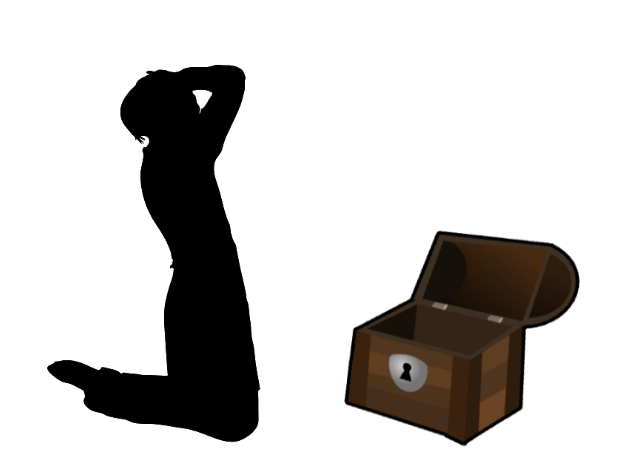| layout | title |
|---|---|
page |
Pronouns |
You can use these types of pronouns to ask for information. Here are a few:
- Mi? Micsoda? Mik? - (What?)
- Ki? Kik? - (Who?)
- Kinek? - (Whose?)
- Melyik? Melyek? - (Which?)
- Hol? - (Where?)
- Mikor? - (When?)
- Hogyan? Hogy? - (How?)
- Milyen? - (What kind of? What like?)
- Mennyi? - (How much?)
The -k added on serves as the plural (with the exception of melyik). For words like mi and ki, if you expect the answer to be multiple, you can say the plural version, otherwise there is nothing wrong with asking the singular to receive a plural answer.
The accusative can be added onto some of these pronouns when asking for the direct object.
- Mit? Miket? Micsodát? - (What?)
- Kit? Kiket? - (Who?)
Examples:
- Mik ezek? - (What are these?)
- Hogy vagy? - (How are you?)
- Melyik emeleten vagy? - (Which floor are you on?)
Alex: Holnap van egy vizsgám - (I have an exam tomorrow)
Barnabás: Milyen vizsga? - (What kind of exam?)
Alex: Matek, remélem, hogy jó lesz! - (Maths, I hope it will be good!)
These question starters can be used as relative pronouns. Relative pronouns refer to something else and are made by adding a-.
- Ami, amik - (that, which)
- Aki, akik - (who)
- Akinek - (whose)
- Amelyik, amelyek - (which)
- Ahol - (where)
- Amikor - (when)
Ahogyan, ahogy- (as)- Amilyen - (such as)
- Amennyi - (as much as)
Likewise, as we have added the plural, we can do the same with the accusative.
- amit, amiket - what
- akit, akiket - who
Examples:
- Ez az a hely ahol csak a fantázia szab határt. - (This is the place where only fantasy sets the limit.)
- Amelyik kutya ugat, az nem harap - (Idiom: The dog that barks doesn't bite.)
- Vacsoráztam, amikor hívtál. - (I was having dinner (lit. was dinnering) when you called.)
Kiderült, nem én voltam az első, aki erre rátalált. (Original image, merging free images together)
It turned out I was not the first to discover this.
Demonstrative pronouns are those that point to something via context. For example, in English we have this and that to represent something near and far respectively. In Hungarian it's the same kind of deal with a few changes, here are some examples:
| Example | Near | Far |
|---|---|---|
| What? Which? Who? | Ez | Az |
| Where? | Itt | Ott |
| How? | Így | Úgy |
| What kind of? | Ilyen | Olyan |
| How much? | Ennyi | Annyi |
| Something like what? | Ilyesmi | Olyasmi |
| Home | Itthon | Otthon |
The accusative, plural and other things have been omitted for simplicity, naturally there are much more examples out there as well.
- Use the near-version for things that are physically close, temporally close or close to the conversation. It relies solely on context
- The far-version however is for the distant versions of these and when exaggerating. It relies either on context or explanation.
- Előfordul az ilyesmi. - (These things happen (lit. This kind of thing happens))
- Ilyen az élet. - (Such is life.)
- Csak így tovább! - (Keep it up! (lit. Only further this way!))
- Ez az! - (That's it!)
- Ott lakunk ahol akarunk. - (We live where we want.)
- Amilyen az apa, olyan a fiú. - (Like Father, like son.)
- Az vagyok, aki magyarul tanul. - (I am he/she who learns hungarian.)
- Akik nem óvónők, azok nem madarak. - ((they) who are not kindergarten teachers, are (those that are) not birds.)
- Igyál annyit, amennyi jólesik! - (Drink as much as you want! (lit. as it falls well))
Alex: Na, mi a baj? - (What's the problem?)
Barnabás: Az a baj, hogy összetörtem az egyik vázát! - ( The problem is that I broke one of the vases!)
Alex: Jajj ne!
-k,-twhich are the plural and accusative markers- definite conjugation seen in
remélem -mappears again to mark possession-nand-reare locativesrá-,össze-andelő-are also coverbs.
